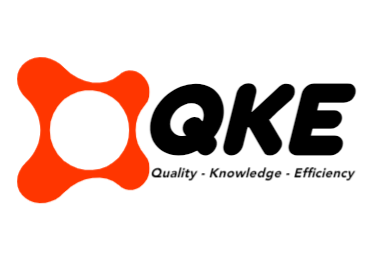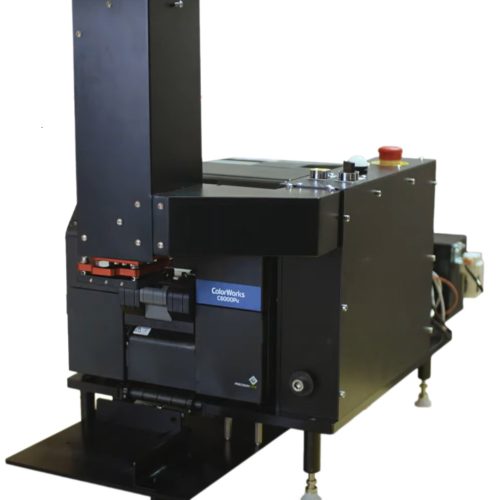Understanding Pallet Labeling System
Pallet labeling is a crucial aspect of logistics and supply chain management. It involves the application of labels on pallets or shipping containers to convey essential information about the contents, destination, handling instructions, and other pertinent details. This process plays a pivotal role in ensuring efficient inventory management, accurate tracking of goods, and seamless transportation across the supply chain.
The importance of pallet labeling in logistics and supply chain management cannot be overstated. It facilitates the smooth flow of goods through various stages of the supply chain, from manufacturing facilities to distribution centers and ultimately to the end customer. By providing clear and standardized information, pallet labels enable quick and accurate identification of products, leading to improved operational efficiency and reduced errors in handling and shipping.
Best Practices for Pallet Labeler Applicator
Standardized Label Format and Design
Adhering to a standardized label format and design is essential for ensuring consistency and clarity across the supply chain. This includes using universally recognized symbologies for barcodes, clear and legible text, and standardized label dimensions to accommodate scanning and reading by automated systems.
Barcode and RFID Technology Integration
Incorporating barcode and RFID (Radio Frequency Identification) technology into pallet labeling allows for seamless tracking and traceability of goods. Barcodes and RFID tags enable automated data capture, inventory management, and real-time visibility of pallets as they move through the supply chain.
Label Placement and Visibility
Strategic placement of pallet labels is critical for ensuring visibility and readability throughout the handling and transportation process. Labels should be affixed in a manner that allows for easy scanning and identification, even when pallets are stacked or stored in varying orientations.
Compliance Requirements for Pallet Labeling
Regulatory Standards and Industry-Specific Guidelines
Various industries and regions have specific regulations and standards governing pallet labeling. Compliance with these requirements is essential for seamless operations and to avoid potential penalties or disruptions in the supply chain.
International Shipping and Customs Requirements
For companies engaged in global trade, compliance with international shipping and customs requirements is paramount. This includes adherence to standards such as the Global Location Number (GLN) and Global Shipment Identification Number (GSIN) for accurate and standardized identification of shipment units.
Traceability and Product Identification Mandates
In addition to regulatory compliance, traceability and product identification mandates necessitate the inclusion of specific information on pallet labels, such as batch numbers, expiration dates, and product identifiers. This information is vital for product recalls, quality control, and inventory management.
Efficiency Strategies for Pallet Labeling
Automated Labeling Systems and Software Solutions
Implementing automated print and apply labeling systems can significantly enhance efficiency and accuracy in pallet labeling. These systems utilize advanced technology to print and apply labels to pallets at high speeds, reducing manual labor and minimizing errors.
Integration with Warehouse Management Systems (WMS)
Integrating pallet labeling processes with Warehouse Management Systems (WMS) enables seamless data exchange and real-time visibility of inventory movements. This integration streamlines operations and facilitates accurate tracking of pallets within the warehouse environment.
Streamlining Labeling Processes for Increased Productivity
Optimizing labeling processes through workflow analysis and continuous improvement initiatives can lead to increased productivity and cost savings. By identifying and eliminating bottlenecks, redundancies, and inefficiencies, organizations can streamline their pallet labeling operations for maximum efficiency.
Case Studies and Success Stories
Real-world examples of effective pallet labeling implementation showcase the tangible benefits of adopting best practices and efficiency strategies. These case studies highlight improvements in accuracy, productivity, and overall supply chain performance resulting from optimized pallet labeling processes.
Conclusion
In conclusion, pallet labeling is a critical component of logistics and supply chain management, with far-reaching implications for operational efficiency, compliance, and customer satisfaction. By embracing best practices, complying with regulatory requirements, and implementing efficient labeling strategies, organizations can optimize their pallet labeling processes for improved logistics and supply chain operations. As technology continues to advance, the role of pallet labeling will evolve, presenting new opportunities for enhanced automation, visibility, and control throughout the supply chain.
In the ever-changing landscape of global trade and logistics, the significance of pallet labeling cannot be overstated. It serves as a linchpin in the seamless flow of goods and information, enabling organizations to meet regulatory requirements, enhance operational efficiency, and deliver superior customer experiences. As businesses continue to adapt to evolving market demands and technological advancements, the optimization of pallet labeling processes will remain a key priority for sustained success in the dynamic world of supply chain management.











